St. Anthony Mary Claret, C.M.F.
Spanish prelate and missionary, born at Sallent, near Barcelona, 23 Dec., 1807; died at Fontfroide, Narbonne, France, on 24 Oct., 1870. Son of a small woollen manufacturer, he received an elementary education in his native village, and at the age of twelve became a weaver. A little later he went to Barcelona to specialize in his trade, and remained there till he was twenty. Meanwhile he devoted his spare time to study and became proficient in Latin, French, and engraving; in addition he enlisted in the army as a volunteer. Recognizing a call to a higher life, he left Barcelona, entered the seminary at Vich in 1829, and was ordained on 13 June, 1835.
He received a benefice in his native parish, where he continued to study theology till 1839. He now wished to become a Carthusian; missionary work, however, appealing strongly to him he proceeded to Rome. There he entered the Jesuit novitiate but finding himself unsuited for that manner of life, he returned shortly to Spain and exercised his ministry at Valadrau and Gerona, attracting notice by his efforts on behalf of the poor. Recalled by his superiors to Vich, he was engaged in missionary work throughout Catalonia. In 1848 he was sent to the Canary Islands where he gave retreats for fifteen months. Returning to Vich he established the Congregation of the Missionary Sons of the Immaculate Heart of Mary (16 July, 1849), and founded the great religious library at Barcelona which bears his name, and which has issued several million cheap copies of the best ancient and modern Catholic works.
Such had been the fruit of his zealous labours and so great the wonders he had worked, that Pius IX at the request of the Spanish sovereign appointed him Archbishop of Santiago de Cuba in 1851. He was consecrated at Vich and embarked at Barcelona on 28 Dec. Having arrived at his destination he began at once a work of thorough reform.
The seminary was reorganized, clerical discipline strengthened, and over nine thousand marriages validated within the first two years. He erected a hospital and numerous schools. Three times he made a visitation of the entire diocese, giving local missions incessantly. Naturally his zeal stirred up the enmity and calumnies of the irreligious, as had happened previously in Spain. No less than fifteen attempts were made on his life, and at Holguin his cheek was laid open from ear to chin by a would-be assassin’s knife. In February, 1857, he was recalled to Spain by Isabella II, who made him her confessor.
Queen Doña Iabel II of Spain with her three youngest daughters: Pilar, Paz and Eulalia
He obtained permission to resign his see and was appointed to the titular see of Trajanopolis. His influence was now directed solely to help the poor and to propagate learning; he lived frugally and took up his residence in an Italian hospice. For nine years he was rector of the Escorial monastery where he established an excellent scientific laboratory, a museum of natural history, a library, college, and schools of music and languages.
St. Anthony Mary Claret pointing to Our Lady of Charity, Patroness of Cuba.
His further plans were frustrated by the revolution of 1868. He continued his popular missions and distribution of good books wherever he went in accompanying the Spanish Court. When Isabella recognized the new Government of United Italy he left the Court and hastened to take his place by the side of the pope; at the latter’s command, however, he returned to Madrid with faculties for absolving the queen from the censures she had incurred. In 1869 he went to Rome to prepare for the Vatican Council. Owing to failing health he withdrew to Prades in France, where he was still harassed by his calumnious Spanish enemies; shortly afterwards he retired to the Cistercian abbey at Fontfroide where he expired.
His zealous life and the wonders he wrought both before and after his death testified to his sanctity. Informations were begun in 1887 and he was declared Venerable by Leo XIII in 1899. His relics were transferred to the mission house at Vich in 1897, at which time his heart was found incorrupt, and his grave is constantly visited by many pilgrims. In addition to the Congregation of the Missionary Sons of the Heart of Mary (approved definitively by Pius IX, 11 Feb., 1870) which has now over 110 houses and 2000 members, with missions in W. Africa, and in Chocó (Columbia), Archbishop Claret founded or drew up the rules of several communities of nuns.
By his sermons and writings he contributed greatly to bring about the revival of the Catalan language. His printed works number over 130, of which we may mention: “La escala de Jacob”; “Maximas de moral la más pura”; “Avisos”; “Catecismo explicado con láminas”; “La llave de oro”; “Selectos panegíricos” (11 vols.); “Sermones de misión” (3 vols.); “Misión de la mujer”; “Vida de Sta. Mónica”; “La Virgen del Pilar y los Francmasones”; and his “Autobiografia”, written by order of his spiritual director, but still unpublished.
Catedral Sant Antoni Maria Claret de Vic
AGUILAR, Vida admirable del Venerable Antonio María Claret (Madrid, 1894); BLANCH, Vida del Venerable Antonio María Claret (Barcelona, 1906); CLOTET, Compendio de la vida del Siervo de Dios Antonio María Claret (Barcelona, 1880); Memorias ineditas del Padre Clotet in the archives of the missionaries of Aranda de Duero; VILLABA HERVAS, Recuerdos de cinco lustros 1843-1868 (Madrid, 1896); Estudi bibliografich de los obres del Venerable Sallenti (Barcelona, 1907).
A. A. MacErlean (Catholic Encyclopedia)

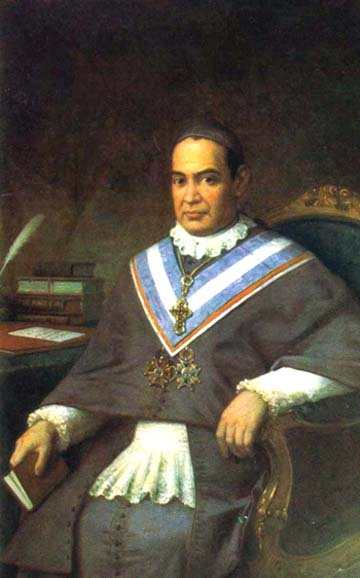
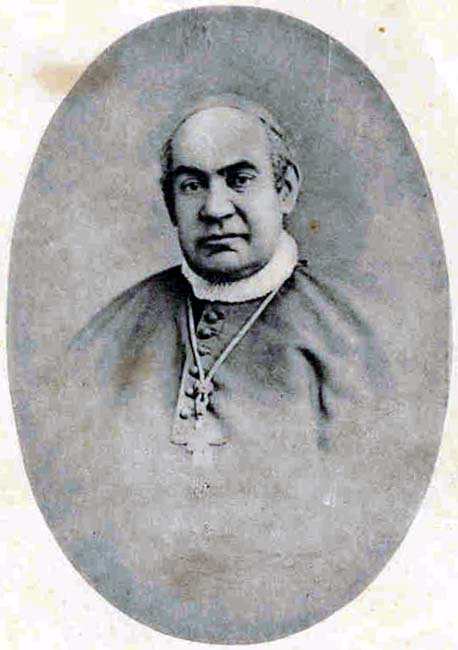

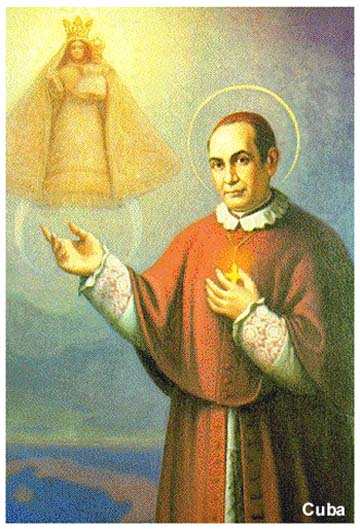
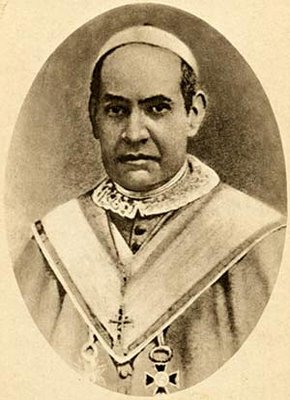
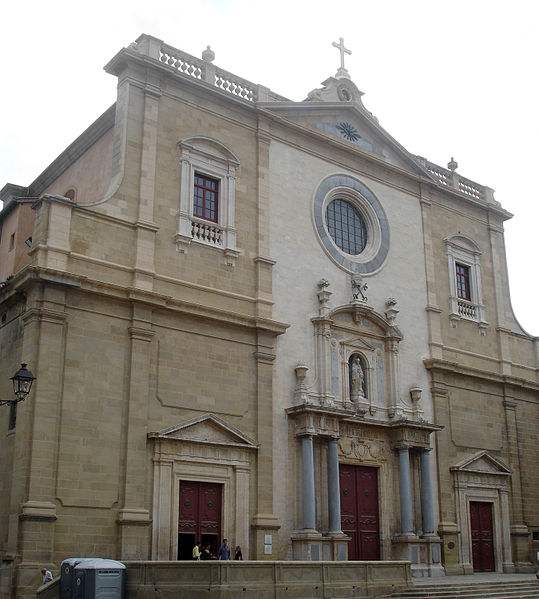
No comments:
Post a Comment